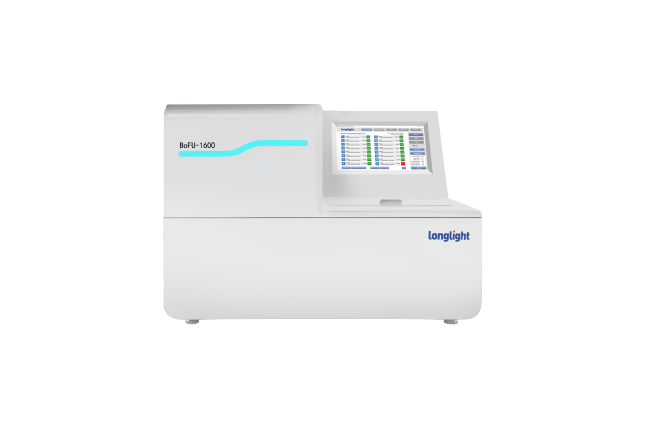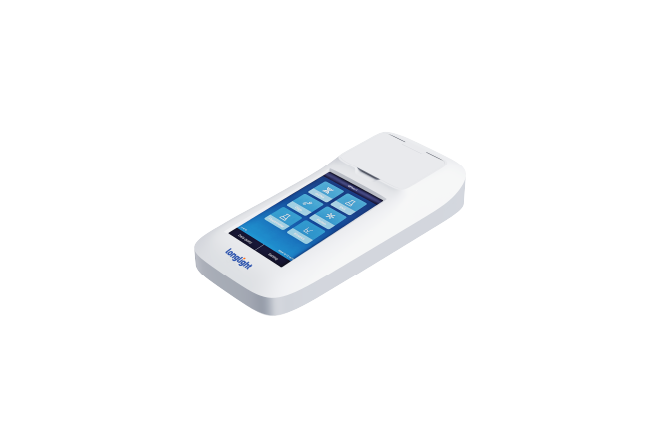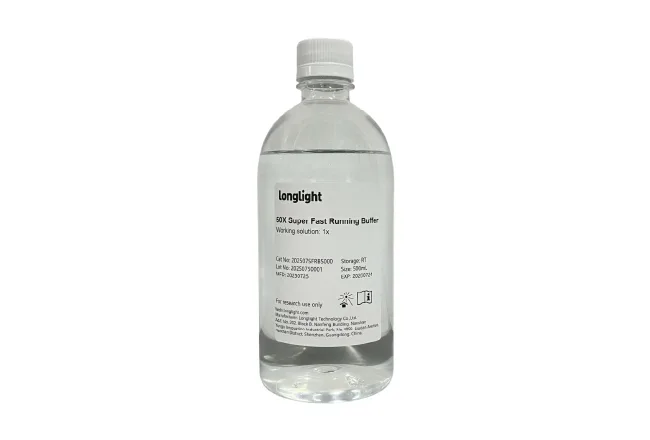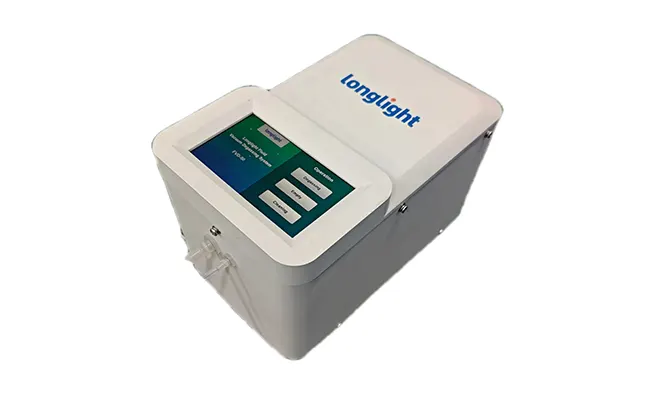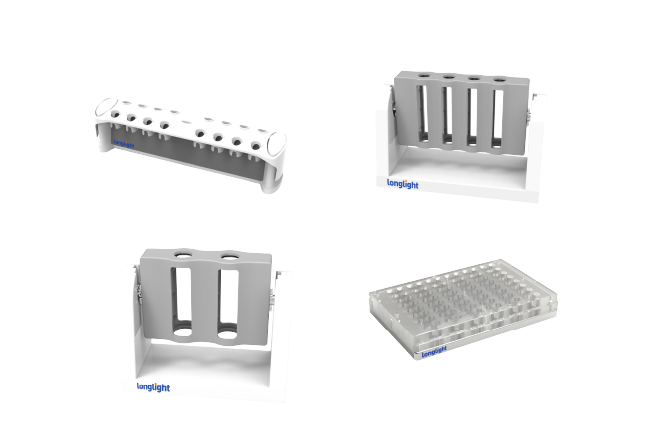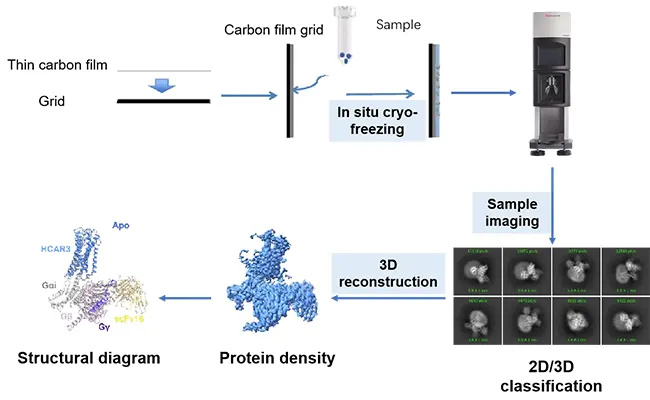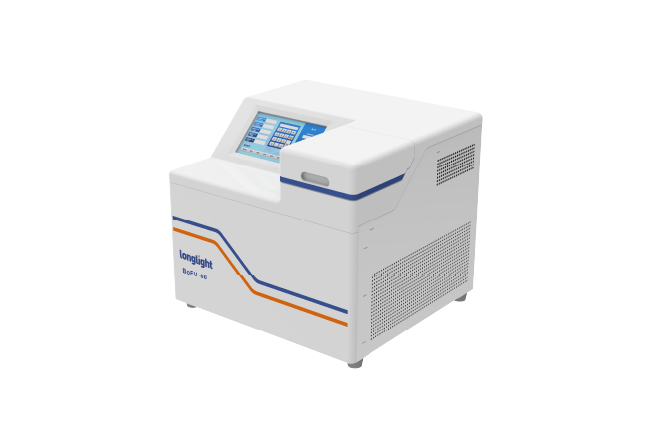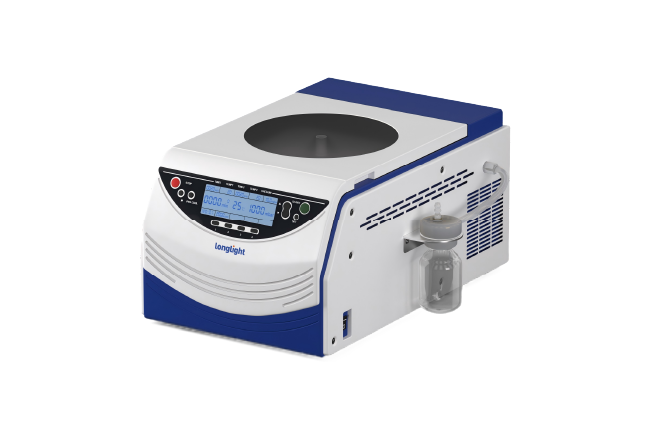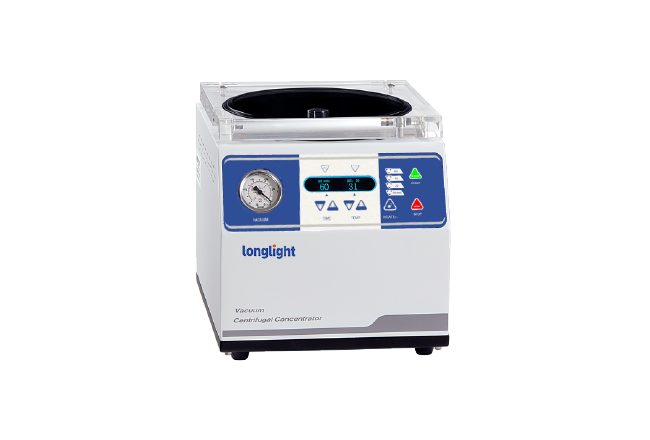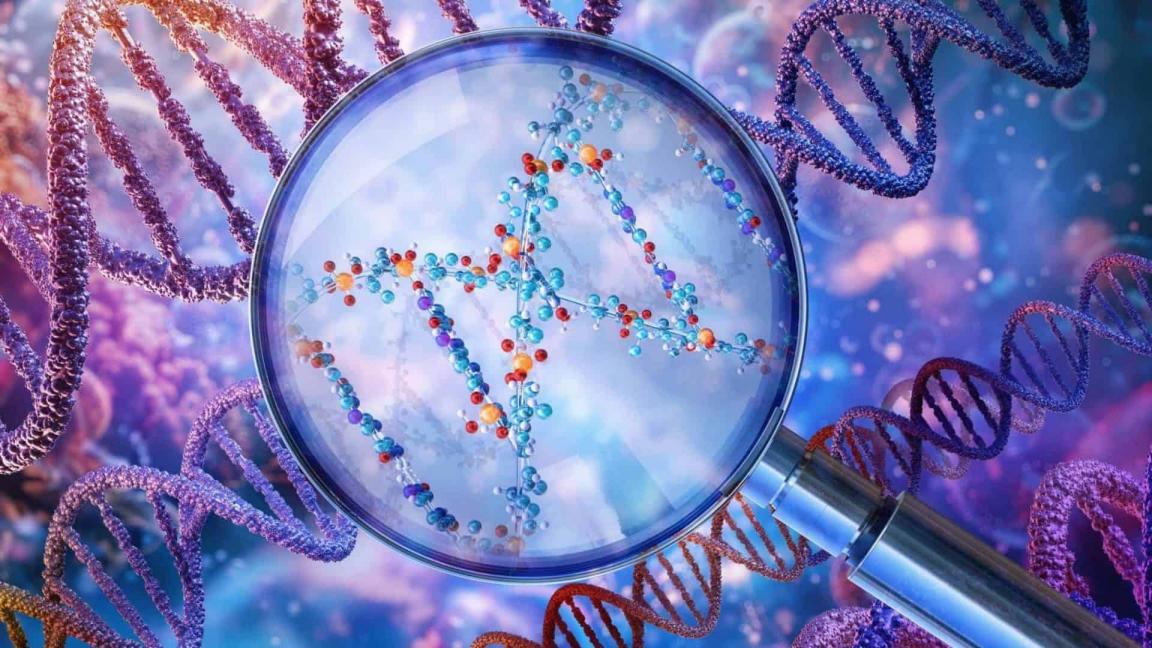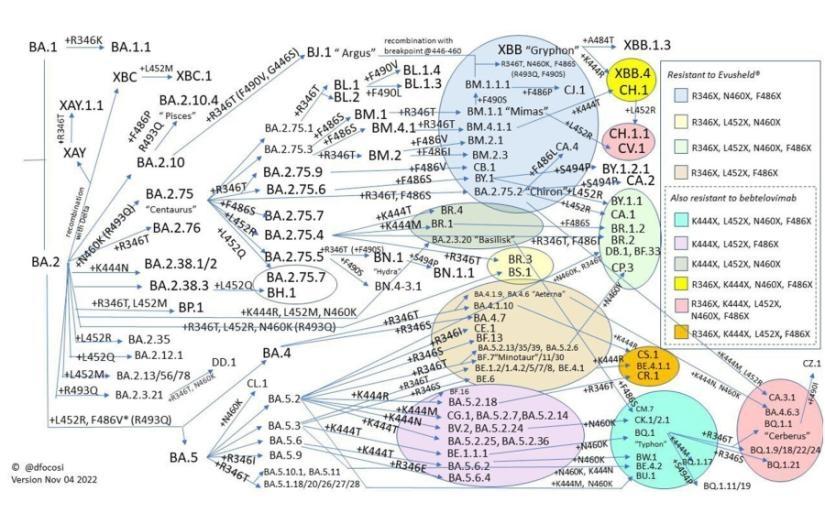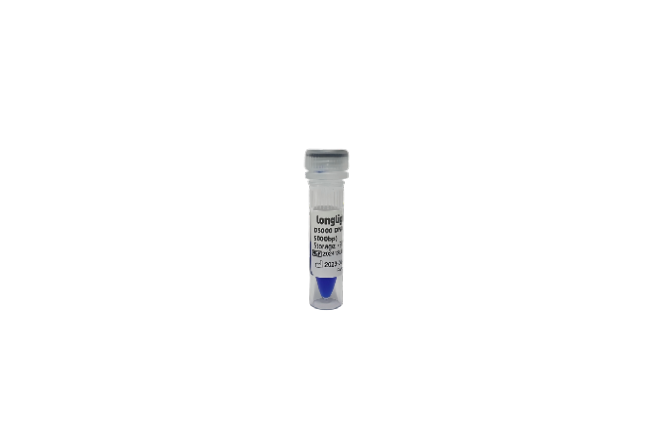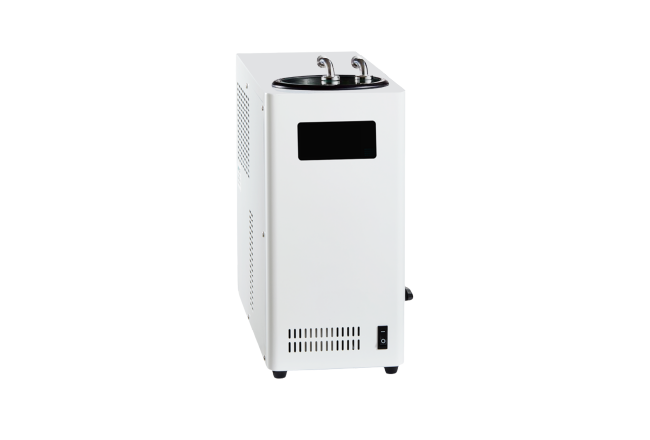Related Post
How Cross-Linking Mass Spectrometry Reveals Protein Structures
2025-07-28In modern molecular biology, decoding how proteins interact is key to understanding life at the cellular level. Proteins rarely function alone — they form complex assemblies that perform countless biological tasks. This is where Cross-Linking Mass Spectrometry (often abbreviated as XL-MS) becomes incredibly valuable. It allows scientists to capture interactions between proteins, even fleeting ones, and explore how they’re connected in three-dimensional space. Leading organizations like CovalX have used XL-MS to study high-molecular-weight protein complexes in pharmaceutical research, while Creative Proteomics applies this method to map dynamic protein interaction networks in disease models. At Longlight Technology, we believe that innovative tools and methods like Cross-Linking Mass Spectrometry are not just technical solutions — they are the bridge to deeper biological insight. We support scientists worldwide with the products and expertise they need to navigate the complexity of protein interactions.

The Power Behind Cross-Linking Mass Spectrometry
Cross-Linking Mass Spectrometry is a hybrid technique that fuses two powerful approaches: chemical cross-linking and mass spectrometry analysis. The idea is simple but elegant – use a chemical agent to “freeze” protein interactions in place by forming covalent bonds between amino acids that are spatially close. These cross-linked proteins are then enzymatically digested, and the resulting peptides are analyzed using mass spectrometry. Unlike other structural biology methods that may require crystallization or labeling, XL-MS works under more native conditions and captures a broader range of interactions. It has several advantages that make it a go-to method for researchers:
✅ Captures both stable and transient protein-protein interactions
✅ Avoids the need for special chemical labeling or complex sample modifications
✅ Compatible with living cells, enabling in vivo cross-linking
✅ Retains information on weak, short-lived, or low-affinity interactions
These features make it a flexible and robust method, whether you’re investigating the architecture of a multi-protein complex or identifying interaction points critical for drug binding.
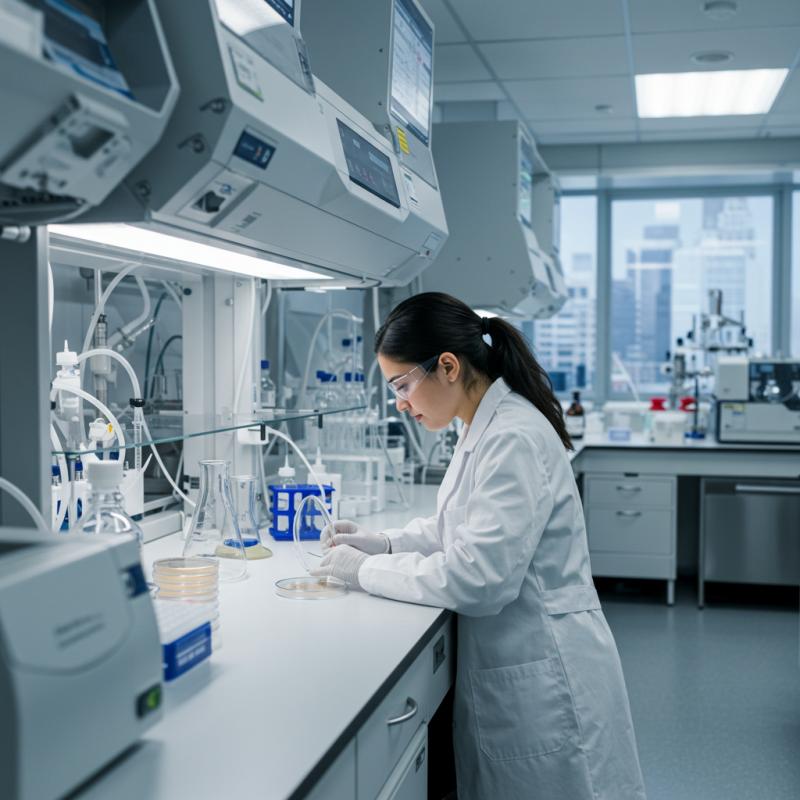
How the Process Works
At its core, the Cross-Linking Mass Spectrometry process involves a few well-orchestrated steps. Here’s how a typical workflow unfolds:
- Cross-Linking Proteins
The journey begins by selecting a cross-linking reagent tailored to the experimental goal. These reagents, like DSS or BS3, are designed to connect lysine residues within a defined spatial range. When added to protein samples, they form permanent chemical bonds between nearby amino acids.
- Enzyme Digestion and Peptide Isolation
Once cross-linked, proteins are digested using enzymes like trypsin. This breaks them into peptides, including those that contain cross-linked pairs. These specific peptides are enriched using chromatography or affinity methods to increase their visibility during analysis.
- Mass Spectrometry Analysis
High-resolution mass spectrometers come into play next. They measure the mass-to-charge ratios of peptides and identify the cross-linked sequences based on their fragmentation patterns. The result is a detailed map of how proteins are interacting at the atomic level.
- Data Interpretation and Modeling
Finally, the data are processed using specialized software that reconstructs protein interaction networks and spatial models. These insights help researchers visualize how proteins are organized and how they function together.
At Longlight Technology, we provide comprehensive XL-MS support – from sample preparation kits and cross-linkers to high-precision lab equipment and data analysis pipelines. Whether you’re new to the technique or refining advanced workflows, our team is here to help.
Our Commitment at Longlight Technology
As a manufacturer deeply embedded in the fields of genomics and proteomics, we at Longlight Technology are proud to contribute to the advancement of molecular science. Our mission is to empower labs with the tools they need to achieve breakthroughs in understanding life at the molecular level.
We offer a full suite of solutions tailored for Cross-Linking Mass Spectrometry, including:
✅ High-quality, pre-validated cross-linking reagents
✅ Enzyme digestion kits optimized for mass spectrometry
✅ MS-compatible sample prep tools like ultra-clean tubes and filters
✅ Advanced analytical instruments for protein and peptide analysis
✅ Personalized support and protocol guidance
But our vision doesn’t stop there. We also support next-generation sequencing applications, such as ChIP-seq, through a range of instruments and consumables like focused ultrasonicators, agarose gels, extraction kits, and library prep tools. Whether you’re studying protein interactions or mapping chromatin landscapes, we understand the importance of accuracy, efficiency, and reproducibility. That’s why researchers across academic, clinical, and industrial labs trust our products.
Why XL-MS Is Shaping the Future of Protein Research
As biological research continues to evolve, the demand for techniques that offer both depth and flexibility has never been greater. Cross-Linking Mass Spectrometry is uniquely positioned to meet this demand by offering rich structural insights without the limitations of more traditional methods.
Its ability to detect weak or transient interactions makes it especially useful in systems biology and drug discovery. For example, pharmaceutical teams use XL-MS to analyze how candidate drugs interact with their protein targets under realistic conditions. Meanwhile, structural biologists rely on XL-MS to complement techniques like cryo-EM, providing missing spatial constraints that strengthen structural models. By embracing Cross-Linking Mass Spectrometry, researchers are no longer restricted to static views of protein structures – they can begin to understand how these molecular machines operate in real time, within the cellular environment.
Ready to Elevate Your Research?
If you’re looking to incorporate Cross-Linking Mass Spectrometry into your workflow, or improve your current capabilities, we invite you to explore our range of products and services. At Longlight Technology, we’re committed to helping scientists ask bold questions – and find even bolder answers.
Let‘s bring your research into focus, one cross-link at a time.

